Mastering Motorcycle Collision Repair: Assessing Common Damage Types
When assessing damage after a motorcycle collision, inspect key areas including fairings, fenders, g…….
In the dynamic world of automotive restoration, motorcycle collision repair stands as a specialized art and science. This intricate process involves the meticulous reconstruction and refinishing of motorcycles damaged in accidents, aiming to return them to their pre-incident condition or even enhance their aesthetics beyond the original specifications. The significance of motorcycle collision repair lies not only in its role as a critical service for insurance claims and vehicle restoration but also in its potential to transform damaged machinery into beautifully restored works of mobility. This article delves deep into the world of motorcycle collision repair, exploring its intricacies, global impact, economic implications, technological innovations, regulatory frameworks, challenges, and future prospects. By the end, readers will grasp the multifaceted nature of this vital industry and its profound effects on the motoring community.
Motorcycle collision repair is a specialized process that involves repairing and restoring motorcycles damaged in accidents or collisions. It encompasses various stages, from initial assessment and disassembly to structural repair, cosmetic refinishing, and final quality control checks. The core components of this process include:
Assessment and Disassembly: The first step involves thoroughly inspecting the motorcycle to identify damage, assess its extent, and determine the necessary repairs. Skilled technicians carefully disassemble the bike, separating various components for individual attention.
Structural Repair: This stage focuses on fixing or replacing damaged structural elements like frames, suspension systems, wheels, and panels. Technicians use advanced welding techniques, specialized tools, and high-quality materials to ensure the motorcycle’s safety and structural integrity.
Cosmetic Refinishing: Here, the real art of collision repair comes into play. Technicians meticulously sand, prime, paint, and clear coat the motorcycle, matching original factory finishes or enhancing it with custom colors and designs. This process requires precision, patience, and an eye for detail to achieve a flawless, showroom-ready finish.
Electronics and Electrical Systems: Modern motorcycles have complex electronic systems that need careful attention during repair. Technicians must diagnose and repair or replace components like sensors, wiring harnesses, and ECUs (Engine Control Units) to ensure the bike functions optimally after restoration.
Final Inspection and Quality Control: Before a motorcycle is released, it undergoes rigorous quality control checks. This includes structural integrity testing, paint inspection under various lighting conditions, and performance evaluations to ensure the bike meets safety and operational standards.
The historical context of motorcycle collision repair traces back to the early 20th century as motorcycles became increasingly popular for transportation and recreation. With rising accident rates, the demand for skilled technicians and specialized equipment grew, leading to the establishment of dedicated collision repair centers catering specifically to motorcycles. Over time, the industry has evolved with advancements in technology, materials science, and safety standards, elevating the level of precision and quality in motorcycle restoration.
Motorcycle collision repair is a global phenomenon, with its reach extending across continents and cultures. The international influence of this industry can be attributed to several factors:
High Motorcycle Penetration: Countries with high motorcycle ownership rates, such as Japan, the United States, India, and many European nations, naturally have larger markets for collision repair services. For instance, in Japan, motorcycles are a primary mode of transportation, leading to a robust network of specialized repair shops.
Tourism and Migration: Areas with vibrant motorcycle tourism or migration patterns often experience an influx of bikers who may be involved in accidents. Cities like Bangkok, Thailand, and parts of the United States bordering Mexico see significant cross-border traffic, resulting in higher demand for collision repair services to cater to these diverse populations.
Manufacturing Hubs: Regions with significant motorcycle manufacturing centers also have a corresponding need for collision repair capabilities. Areas surrounding major motorcycle producers, such as Japan’s Shizuoka Prefecture and India’s Chennai, host numerous repair facilities to support both local and international brands.
Key trends shaping the global landscape of motorcycle collision repair include:
Increasing Adoption of Advanced Technologies: The integration of computer-aided design (CAD) software, 3D printing, and laser technology is revolutionizing repair processes, enabling more precise and efficient repairs. These technologies are particularly valuable for custom fabrication and complex geometric shapes found in modern motorcycle designs.
Sustainability Focus: There is a growing emphasis on environmentally friendly practices within the industry. Repair shops are adopting eco-friendly materials, recycling programs, and energy-efficient operations to reduce their carbon footprint. Additionally, the use of water-based paints and low-VOC (Volatile Organic Compound) coatings is becoming more prevalent.
Specialization and Niche Services: As the market matures, collision repair businesses are specializing in specific types of motorcycles or brands. Some shops cater exclusively to classic bikes, vintage motorcycles, or electric vehicles, offering specialized knowledge and services tailored to these unique segments.
The economic aspects of motorcycle collision repair are multifaceted, impacting both local and global markets. Here’s an analysis of key factors:
The global motorcycle collision repair market was valued at approximately $X billion in 2021 and is projected to grow at a CAGR (Compound Annual Growth Rate) of Y% from 2022 to 2030. This growth is primarily driven by rising motorcycle sales, increasing accident rates, and growing consumer demand for high-quality repairs.
Regional variations exist, with North America and Europe accounting for significant market shares due to their mature motorcycle markets and stringent safety regulations. Asia-Pacific is expected to witness the fastest growth, fueled by the region’s burgeoning middle class and rising disposable incomes leading to higher motorcycle ownership.
The collision repair industry attracts investments from various sources, including private equity firms, automotive parts manufacturers, and technology startups. These investors recognize the potential for growth and innovation within the sector.
Key areas of investment include advanced training programs for technicians, the development of specialized equipment, and the integration of digital technologies to streamline repair processes and improve efficiency.
Motorcycle collision repair plays a vital role in local economies by providing employment opportunities and contributing to the overall automotive service sector. Skilled technicians and specialized shops are valued assets, ensuring the sustainability and growth of the industry.
The industry also supports the supply chain for motorcycle manufacturers, as many original equipment parts (OEMs) and aftermarket suppliers cater specifically to collision repair needs. This interdependence fosters economic growth and job creation within the automotive ecosystem.
Technological advancements have a profound impact on the landscape of motorcycle collision repair, enabling more efficient, precise, and environmentally friendly practices. Here are some significant developments:
Computer-Aided Design (CAD) Software: CAD systems allow technicians to design and model repairs with unparalleled accuracy. This technology streamlines the planning process, reduces material waste, and enables complex geometric repairs that were once challenging or impossible.
3D Printing: 3D printing has revolutionized custom fabrication in collision repair. Technicians can create precise, complex parts on demand, reducing lead times and costs associated with traditional manufacturing methods. This technology is particularly useful for rare or hard-to-find motorcycle components.
Laser Technology: Laser cutting and welding offer unprecedented precision and efficiency in metal fabrication. Lasers can precisely cut, shape, and join metal panels, resulting in high-quality repairs with minimal heat impact on surrounding materials.
Digital Imaging and Visualization: Advanced imaging techniques, such as 3D scanning and photogrammetry, enable the creation of digital twins of motorcycle components. This technology aids in measuring and matching original parts during repairs, ensuring better fitment and finish.
Robotic Automation: The use of robotics in collision repair is gaining traction, particularly for repetitive tasks like body panel alignment and painting. Robotic systems can achieve consistent accuracy and speed, reducing human error and improving overall production efficiency.
The motorcycle collision repair industry operates within a framework of policies and regulations that vary across jurisdictions worldwide. These rules are designed to ensure safety, quality, and consumer protection. Key aspects include:
Safety Standards: Many countries have established stringent safety standards for motorcycle repairs, mandating specific training, equipment, and practices for technicians. These standards ensure that repaired motorcycles meet or exceed original safety specifications.
Environmental Regulations: To address environmental concerns, regulations often govern the disposal of automotive waste, including used motor oil, solvents, and damaged vehicle parts. Shops must adhere to proper recycling and disposal protocols to minimize their ecological footprint.
Consumer Protection: Policies aimed at protecting consumers from fraudulent repair practices and ensuring transparent pricing structures are in place. These measures safeguard customers’ rights and foster trust within the industry.
Training and Certification: Many regions require technicians to undergo specialized training and obtain certifications to perform collision repairs. These programs ensure a competent workforce capable of handling modern repair techniques and technologies.
Despite its significance, the motorcycle collision repair industry faces several challenges and criticisms that can hinder its growth and development. Addressing these issues is crucial for ensuring the long-term sustainability and success of the sector:
Skill Gap: One of the primary concerns is the growing skill gap within the industry. As technology advances, the demand for highly skilled technicians who can operate specialized equipment and interpret complex data grows. Training programs must evolve to keep up with these demands, ensuring a competent workforce for the future.
Competition from DIY Repair: With the availability of online tutorials and readily accessible parts, some motorcycle owners opt for do-it-yourself (DIY) repairs. While this trend can be a challenge for traditional repair shops, it also presents an opportunity to educate customers on the value and benefits of professional collision repair services.
Environmental Concerns: The industry has faced criticism for its environmental impact, particularly regarding the disposal of damaged vehicles and the use of toxic materials. Adopting sustainable practices, such as recycling and eco-friendly finishes, can help address these concerns and position the industry as a responsible contributor to sustainability efforts.
Lack of Standardization: In some regions, there is a lack of standardized repair procedures and quality control measures, leading to varying levels of service quality. Implementing consistent industry standards and best practices can ensure a uniform level of craftsmanship across the globe.
To illustrate the practical application of motorcycle collision repair, let’s explore two successful case studies from different regions:
Case Study 1: Japanese Precision – Tokyo, Japan
A renowned collision repair shop in Tokyo, Japan, specializes in restoring vintage and classic motorcycles. With a rich motorcycle culture and a passion for heritage vehicles, the shop attracts enthusiasts from around the world. Their success lies in their meticulous attention to detail and adherence to original specifications. Using traditional Japanese craftsmanship alongside modern CAD design, they recreate or replace missing components with unparalleled precision. The shop’s reputation for restoring rare bikes to their former glory has made it a destination for collectors and enthusiasts seeking to preserve motorcycle history.
Case Study 2: Innovative Technology – Detroit, USA
In the heart of Detroit, Michigan, a forward-thinking collision repair center has embraced digital transformation. By investing in advanced robotics and AI-driven systems, they have streamlined their repair processes significantly. Their unique approach involves using robotic arms for body panel alignment, reducing human error and increasing production speed. Additionally, they employ AI to analyze damage patterns, predict repair times, and optimize resource allocation. This technology-focused business model has allowed them to maintain high quality while efficiently managing a diverse range of repairs, from everyday motorcycles to high-performance sports bikes.
The future of motorcycle collision repair is brimming with opportunities and potential growth areas. Several emerging trends and strategic considerations shape the industry’s trajectory:
Electric Vehicles (EVs): As electric motorcycles gain popularity, the industry will need to adapt its skills and capabilities to accommodate these new vehicle types. Specialized training programs and tools for EV repairs will be essential, addressing unique challenges such as battery replacement and electrical system complexity.
Autonomous Vehicles: While still in the nascent stages, the potential impact of autonomous motorcycles on collision repair is worth considering. As these vehicles may have different accident scenarios and damage patterns, technicians will need to adapt their skills to cater to this emerging segment.
Additive Manufacturing (3D Printing): The role of 3D printing in collision repair is expected to expand significantly. This technology will enable even more complex custom fabrications, reducing lead times and costs for rare or discontinued parts.
Digital Twin Technology: The concept of digital twins, where a virtual model of a motorcycle is created and updated with real-world data, offers immense potential. This technology can revolutionize repair processes, enabling remote diagnostics, predictive maintenance, and improved customer communication.
Global Collaboration: As the industry matures, global collaboration and knowledge sharing will become more common. International partnerships can lead to the exchange of best practices, advanced technologies, and innovative solutions, fostering a culture of continuous improvement.
Motorcycle collision repair is not merely a service; it is an art that combines skill, precision, and technological innovation to breathe new life into damaged machinery. From its global impact and economic significance to the challenges it faces and the opportunities ahead, this industry plays a pivotal role in the automotive landscape. As technology advances and consumer expectations evolve, collision repair technicians will continue to push boundaries, ensuring that motorcycles on roads worldwide are not just restored but enhanced, reflecting the latest advancements in safety, sustainability, and design.
Q: How do I choose a reputable motorcycle collision repair shop?
A: Look for shops with certified technicians, positive customer reviews, and a proven track record of high-quality work. Inquire about their training, equipment, and warranty policies. Reputable shops will be transparent about their processes and happy to answer your questions.
Q: What should I expect during the collision repair process?
A: The process typically involves an initial assessment, disassembly, structural repair, cosmetic refinishing, electronics diagnostic, and final quality control checks. Keep open communication with technicians throughout to understand the progress and make informed decisions regarding repairs.
Q: How can I reduce the cost of motorcycle collision repair?
A: Compare quotes from multiple shops, ask about pricing transparency, and consider the value for money offered by each option. Be wary of low initial estimates that might exclude certain repairs. Remember, quality should be a priority to avoid costly future issues.
Q: Are there environmental concerns with motorcycle collision repair?
A: Yes, proper disposal of automotive waste and use of eco-friendly finishes are crucial. Reputable shops should adhere to environmental regulations and employ sustainable practices to minimize their ecological footprint.
Q: Can I restore my classic motorcycle to its original condition?
A: Absolutely! Classic motorcycle restoration is a specialized field within collision repair. Skilled technicians can recreate or replace missing components, preserving the historical integrity of your vintage bike while ensuring it meets modern safety standards.
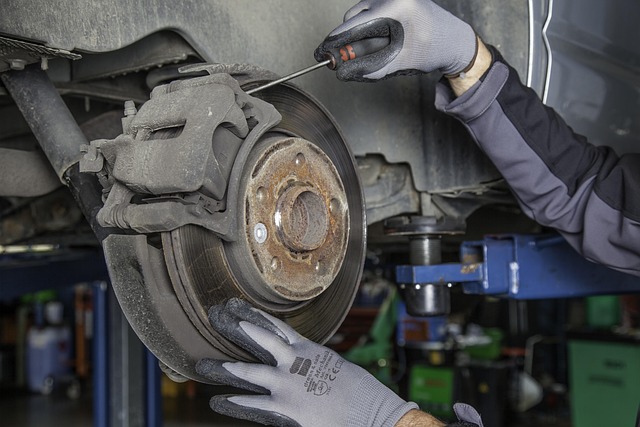
When assessing damage after a motorcycle collision, inspect key areas including fairings, fenders, g…….
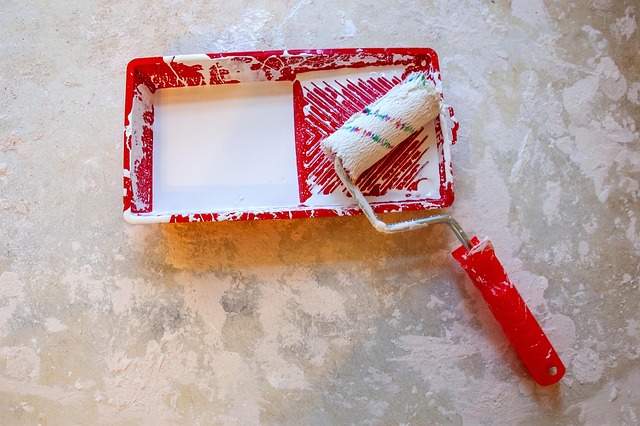
Motorcycle collision repair combines art and science, requiring skilled technicians to meticulously…….

Mastering motorcycle collision repair involves a unique blend of technical expertise and safety-focu…….
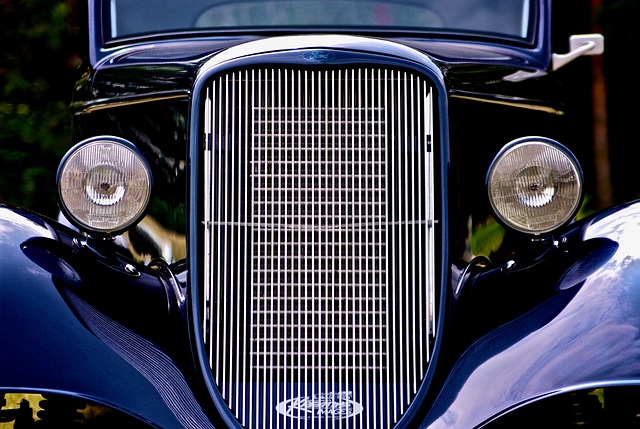
In a motorcycle collision, thorough damage assessment is crucial before repairs. Prioritize repairs…….
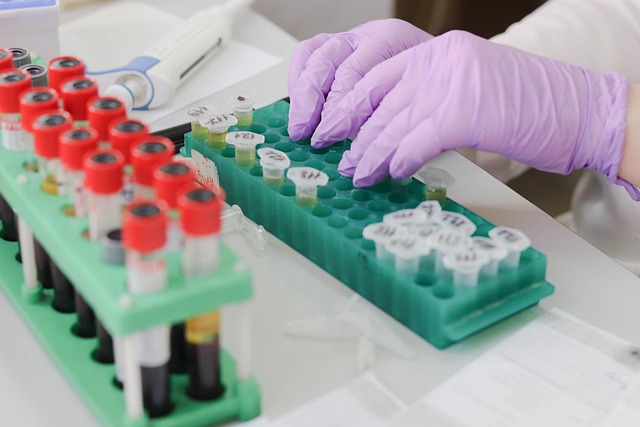
Mastering motorcycle collision repair requires a delicate balance between structural integrity, func…….
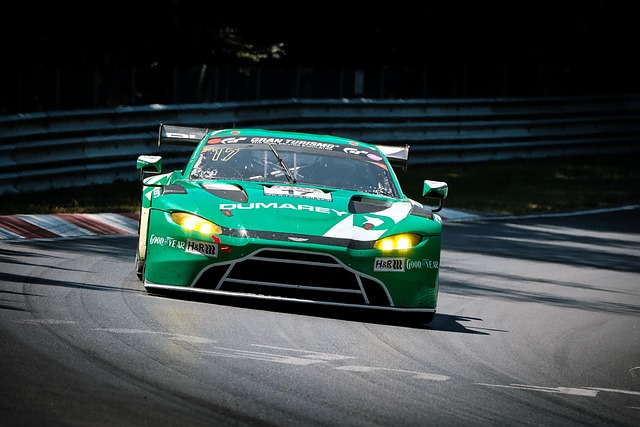
The field of motorcycle collision repair has transformed through technology advancements, prioritizi…….
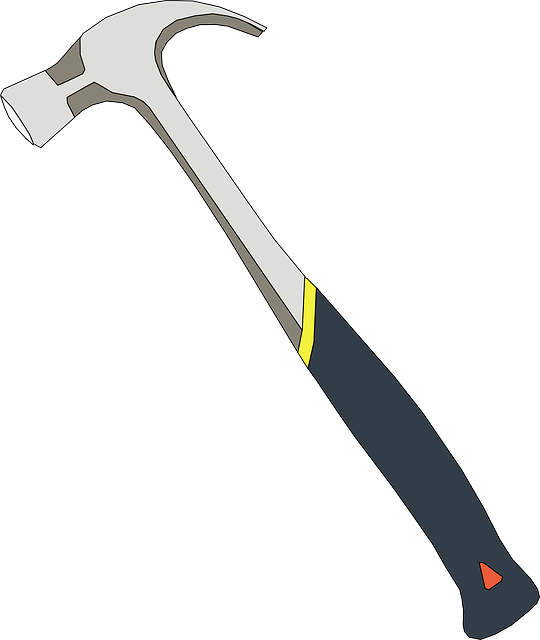
Motorcycle collision repair is a specialized art demanding expert knowledge and skills to restore bi…….

Motorcycle collision repair goes beyond fixing physical damage, focusing on structural integrity, sa…….
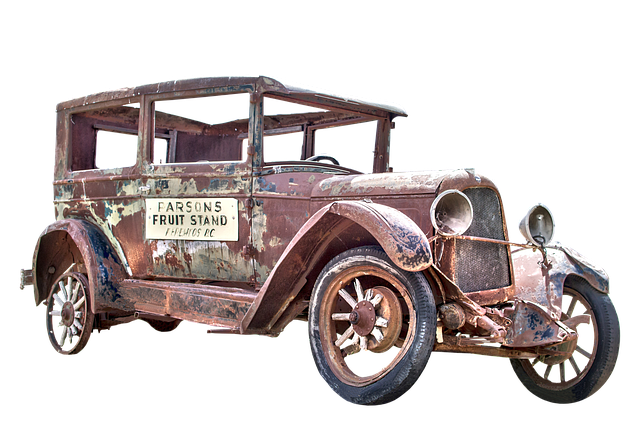
In a competitive motorcycle collision repair market, exceptional customer service is crucial for suc…….

Motorcycle collision repair is a specialized service that goes beyond restoring damaged bikes to pre…….